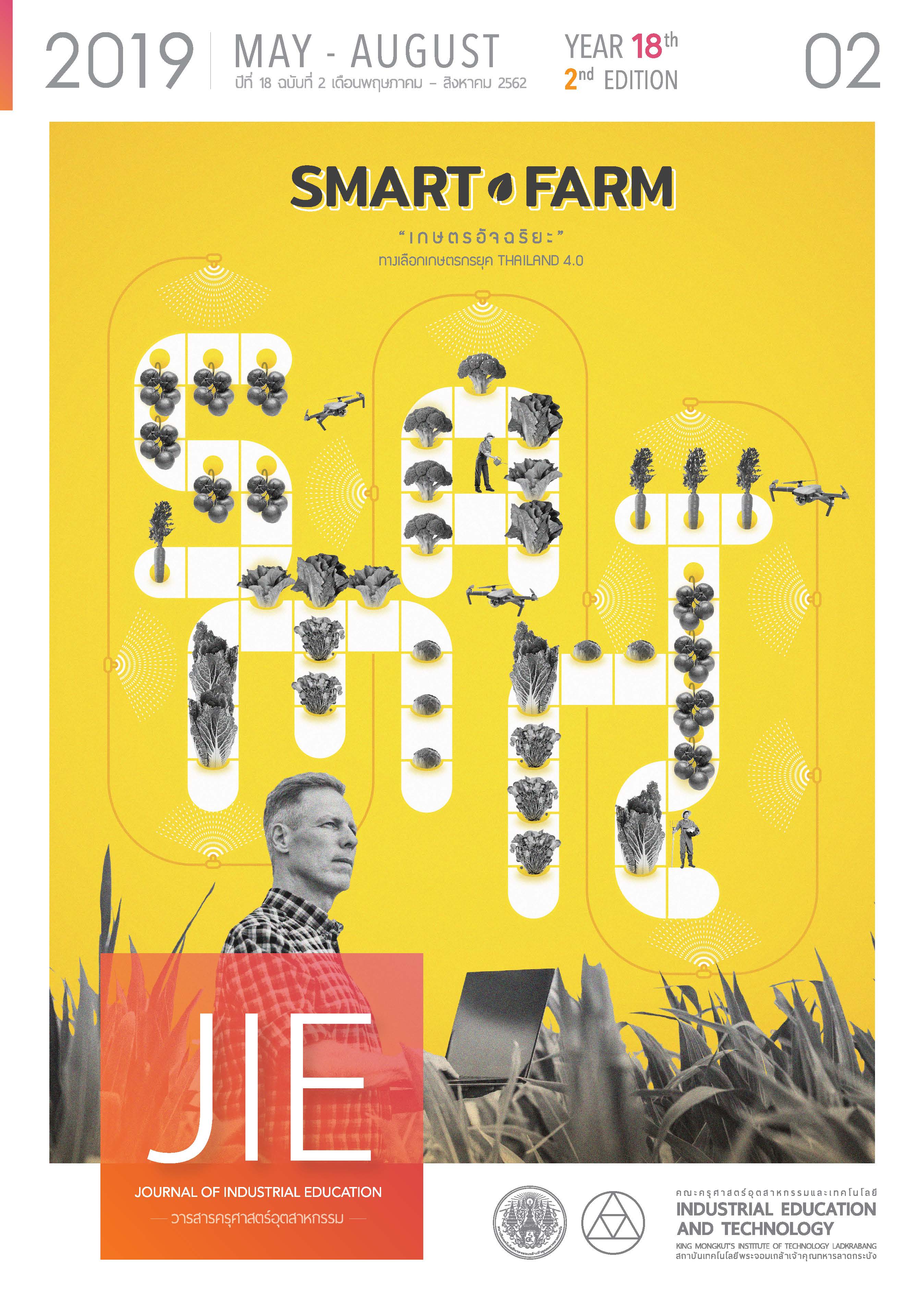การศึกษาความสามารถในการสร้างสมการเชิงเส้นตัวแปรเดียวจากโจทย์ปัญหาของนักเรียนระดับชั้นมัธยมศึกษาปีที่ 1 โดยใช้วิธีบาร์โมเดล
Main Article Content
บทคัดย่อ
การวิจัยครั้งนี้มีจุดมุ่งหมาย (1) เพื่อศึกษาความสามารถในการสร้างสมการเชิงเส้นตัวแปรเดียวจากโจทย์ปัญหา โดยใช้วิธีบาร์โมเดล ของนักเรียนชั้นมัธยมศึกษาปีที่ 1 (2) เพื่อหาประสิทธิภาพของกิจกรรมการเรียนการสอนเรื่องการสร้างสมการเชิงเส้นตัวแปรเดียวจากโจทย์ปัญหา โดยใช้วิธีบาร์โมเดล ของนักเรียนชั้นมัธยมศึกษาปีที่ 1 ตามเกณฑ์ประสิทธิภาพ 70/70 และ (3) เพื่อศึกษาความพึงพอใจของนักเรียนชั้นมัธยมศึกษาปีที่ 1 ที่มีต่อกิจกรรมการเรียนการสอนเรื่องการสร้างสมการเชิงเส้นตัวแปรเดียวจากโจทย์ปัญหา โดยใช้วิธีบาร์โมเดล กลุ่มตัวอย่างที่ใช้ในงานวิจัยครั้งนี้ได้แก่ นักเรียนชั้นมัธยมศึกษาปีที่ 1 ภาคเรียนที่ 1 ปีการศึกษา 2561 โรงเรียนวัดหนองใหญ่ จังหวัดกรุงเทพมหานคร จำนวน 1 ห้อง ซึ่งมีนักเรียน 30 คน โดยการสุ่มแบบกลุ่ม (Cluster Random Sampling) จากนักเรียนทั้งหมด 5 ห้อง ซึ่งมีนักเรียนทั้งหมด 154 คน โดยแต่ละห้องมีนักเรียนคละความสามารถ ผลการวิจัยพบว่า (1) นักเรียนกลุ่มตัวอย่างที่ได้รับการจัดกิจกรรมการเรียนการสอนเรื่องการสร้างสมการเชิงเส้นตัวแปรเดียวจากโจทย์ปัญหา โดยใช้วิธีบาร์โมเดล มีความสามารถในการสร้างสมการเชิงเส้นตัวแปรเดียวจากโจทย์ปัญหา โดยใช้วิธีบาร์โมเดล ผ่านเกณฑ์มากกว่าร้อยละ 60 ของจำนวนนักเรียนทั้งหมด ที่ระดับนัยสำคัญ .05 (2) กิจกรรมการเรียนการสอนเรื่องการสร้างสมการเชิงเส้นตัวแปรเดียวจากโจทย์ปัญหา โดยใช้วิธีบาร์โมเดล ของนักเรียนชั้นมัธยมศึกษาปีที่ 1 มีประสิทธิภาพ E1/E2 เท่ากับ 73.75/62.87 และ (3) นักเรียนกลุ่มตัวอย่างมีความพึงพอใจต่อกิจกรรมการเรียนการสอนเรื่องการสร้างสมการเชิงเส้นตัวแปรเดียวจากโจทย์ปัญหา โดยใช้วิธีบาร์โมเดล ของนักเรียนชั้นมัธยมศึกษาปีที่ 1 อยู่ในระดับมาก
Article Details
"ข้อคิดเห็น เนื้อหา รวมทั้งการใช้ภาษาในบทความถือเป็นความรับผิดชอบของผู้เขียน"
References
The Institute for the Promotion of Teaching Science and Technology. (2012). Mathematical Process Skills. 3rd ed. Bangkok: 3-Q Media.
Chaiwat Sittirat. (2015). 80 Innovative learning management that focuses on learners. 8th ed. Nonthaburi: Pee Balance Design and Printing.
Wijarn Panich. (2012). The way to create learning for students in the 21st century. Bangkok: Sodsri-Saridwongso Foundation.
Sunisa Pongprayoon. (2000). A Study of Deficiency in Solving Word Problems on “Equations” of Mathayom Suksa 2 Students. Master Project. Master Thesis of Education (Secondary Education), Graduate School, Srinakharinwirot University.
Kamolpong Jindaluang. (2006). Developing Mathematical Problem Solving Skills throungh Mind Mapping of Mathayom Suksa 2 Studenys. Master of Education (Curriculum and Instruction), Chiang Mai University.
Looi, C. K., & Lim, K. S. (2009). From Bar Diagrams to Letter-Symbolic Algebra: A Technology-Enabled Bridging. Retrieved from https://eric.ed.gov/?id=EJ846821
Kintsch, W., & Greeno, J. G. (1985). Understanding and solving word arithmetic problems. Psychological Review, 92, 109-129.
Hoven, J., & Garelick, B. (2007). Singapore Math: Simple or Complex. Retrieved from https://pdfs.semanticscholar.org/be10/953f61657d4464bebbc7b5ee18c537d3d89c.pdf
De Corte, E., Verschaffel, L., & Greer, B. (2000). Connecting mathematics problem solving to the real world. Proceedings of the International Conference on Mathematics Education into the 21st Century: Mathematics for Living. Amman: The National Center for Human Resource.
Vei, L. S., & Yueh, M. L. (2013). Mathematical Problem Solving with the Bar Model Method. Retrieved from https://www.scholastic.com.au/corporate/pl/assets/pdfs/Bar%20Model %20Method%20MAV%20Article.pdf
Tisana Khammani. (2016). Arts of Teaching: Knowledge to Organize Learning Process Effectively. 20th ed. Bangkok: Chulalongkorn University Printing House.

